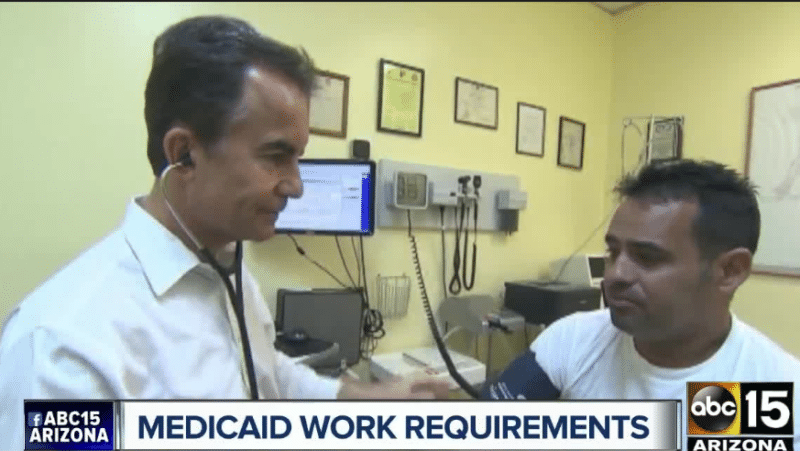Far too many seniors across Arizona struggle with hunger. About 12 percent of Arizonans over age 60 face food insecurity, which is higher than the national average of 9.5 percent. Access to hunger relief programs and a strong network of charitable food providers is critical to ending hunger for this vulnerable group.
Federal nutrition programs like the Supplemental Nutrition Assistance Program (SNAP, formerly food stamps), the Emergency Food Assistance Program (TEFAP, or emergency food boxes), the Commodity Supplemental Food Program (CSFP, or senior food boxes), and the Senior Farmers’ Market Nutrition Program go a long way toward alleviating food insecurity for seniors. SNAP is a particularly vital resource for combating hunger, improving health, and increasing economic security for seniors, who often live on a fixed income and face chronic health conditions.
In May 2019, about 87,000 SNAP participants in Arizona were over age 60*; that’s slightly more than 10 percent of all SNAP participants in the state. With an estimated 155,000 seniors struggling with hunger statewide, however, there are thousands of eligible seniors missing out on SNAP and its wide-ranging benefits. A difficult-to-navigate application process, stigma, and a lack of awareness of SNAP benefits all contribute to this “SNAP Gap.” The Association of Arizona Food Banks (AAFB) supports the efforts of the Arizona Department of Economic Security (DES), the state SNAP agency, to streamline the SNAP application process to make it more accessible to seniors. This simplified application would require less documentation, an application interview by phone (rather than in-person), and longer recertification periods (which makes sense for seniors, who are often on fixed incomes). DES is also pursuing a standard medical expense deduction for SNAP. This would help people like Doris Samuelson in North Phoenix: “I’m told I make too much in social security to qualify for SNAP, but that doesn’t take into account what I spend on medications and co-pays. I’m barely getting by.”
Both the simplified SNAP application for seniors and the standard medical expense deduction require a waiver from the US Department of Agriculture’s Food and Nutrition Service, which DES is in the process of requesting.
Nutrition and health go hand-in-hand, especially for older adults. Seniors should not have to choose between food and medicine, skip meals, or avoid a doctor visit in order to buy groceries. We need to make every effort to ensure SNAP and other nutrition programs are accessible.
*Data from a data request submitted by AAFB to DES on June 2, 2019.

